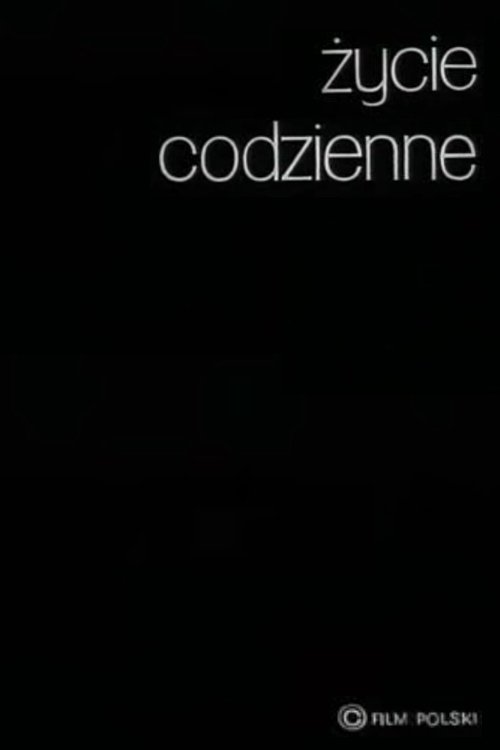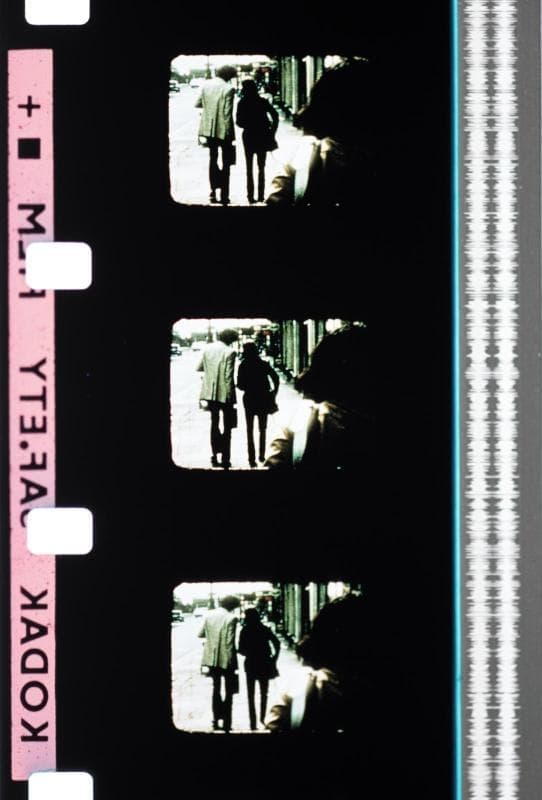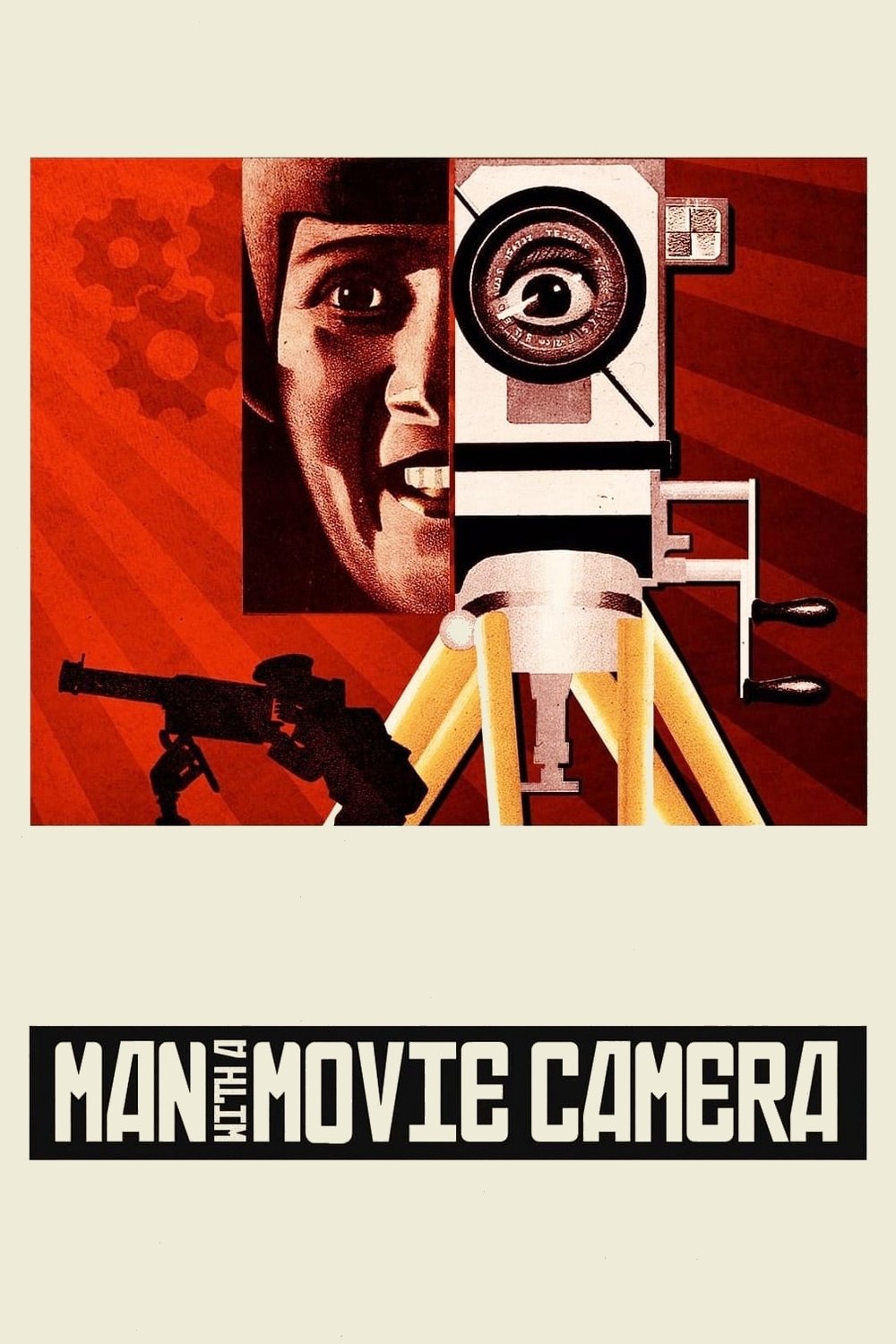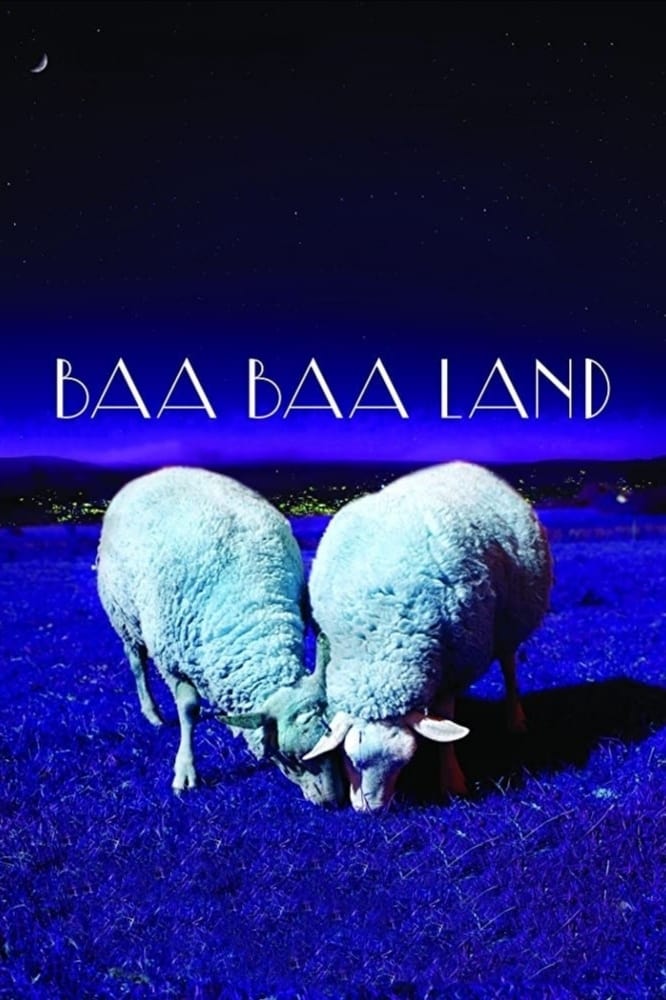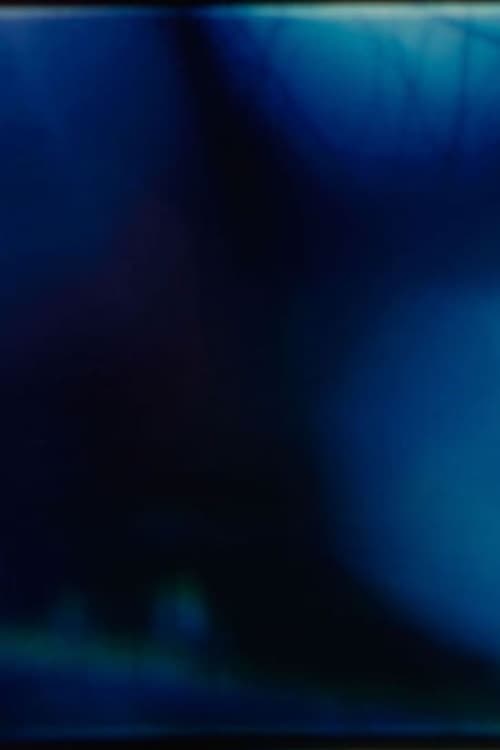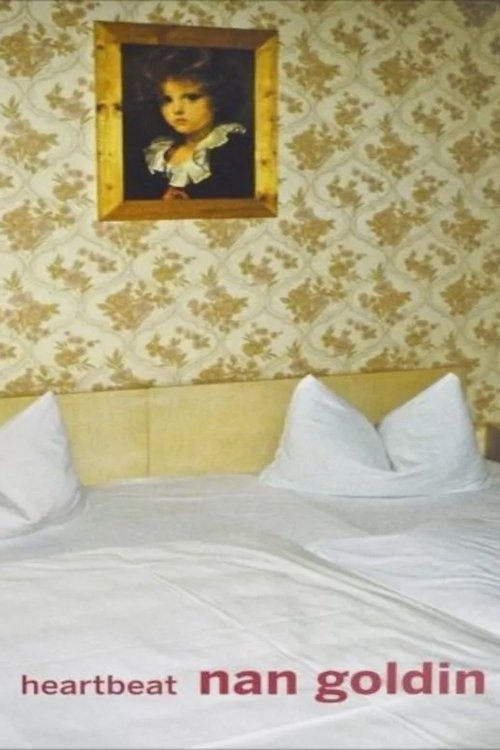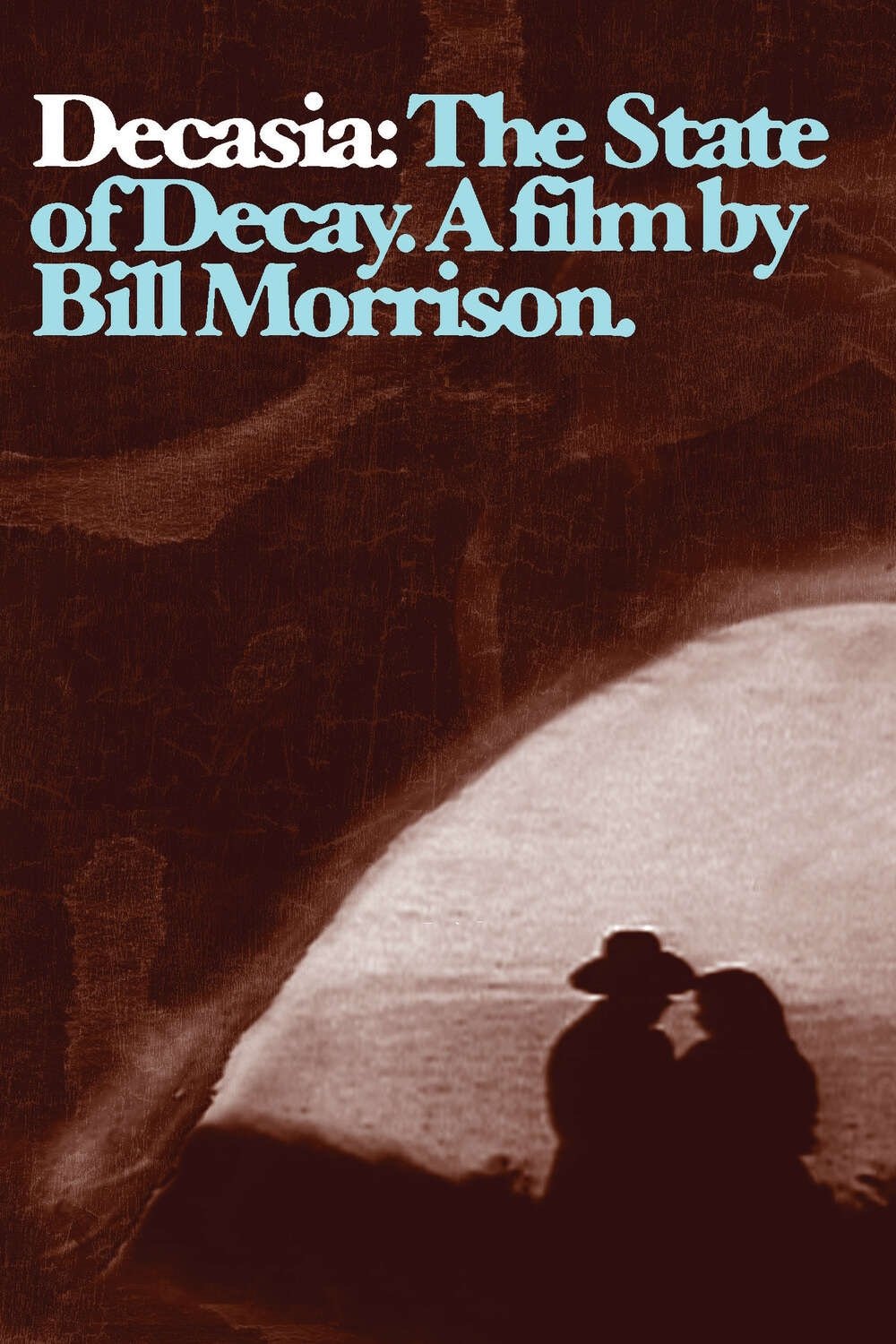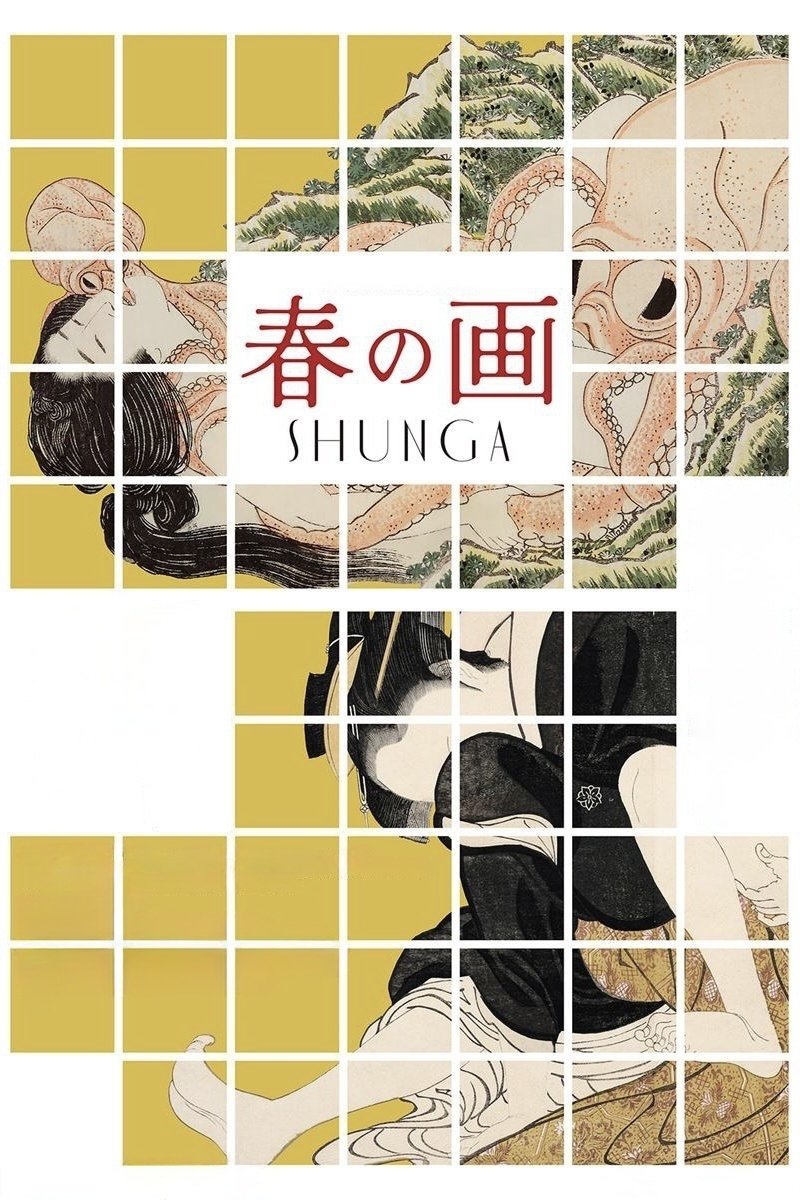Cast & Crew
3 members
Acting
Frank Fu
Confucius
No Image
Acting
Yves Gore
Orange
No Image
Acting
Darius Dali
Diner
No Image
Similar Movies
Recommended Movies

No Recommendations Yet
We're working on finding the perfect movies for you. Check back soon!
More movies coming soon

